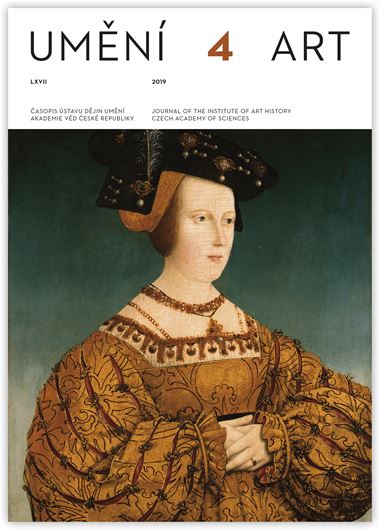Dita Dvořáková
Architecture and the State Housing Policy in the Years of the Third Czechoslovak Republic (1945–1948)
The phase of the people’s democratic republic (1945–1948) was a period during which representatives of the Czech architectural community filled important posts in state administration and co-determined the preparations and process of postwar redevelopment. Their long-term concept of social reformation based on the idea of surpassing liberal capitalism corresponded with the objectives of the postwar welfare state. Architects were chiefly active in the field of housing reconstruction that was among the social policy priorities of the first government of Klement Gottwald. The leading initiators of postwar renewal — the radically Leftist architects Jiří Štursa, Karel Janů, Jiří Voženílek and Oldřich Stibor — participated in the designing of the generously proportioned standard of the so-called Two-Year Plan Flat and contributed to formulating the principles of economization in the new construction programme via building standardization. During the preparations of the two-year economic plan, i.e. still before the February 1948 coup d’état, they reckoned with the industrialization of the construction process and with government-controlled construction performed through collective campaigns. The theoretical preparations were to materialize in the form of a new type of urban housing developments, so-called Two Year Plan Housing Estates. However, due to time pressure and the disparate economic system where architectural studios, building companies and building materials producers were still in private hands, this early plan of standardization and industrialization of architecture failed.
Dita Dvořáková: dita.dvorakova@vsup.cz
Full-text in the Digital Library of the Czech Academy of Sciences:
https://kramerius.lib.cas.cz/uuid/uuid:ada6ad4f-5d32-4644-ae5a-83341124ff18
< back

